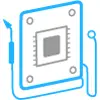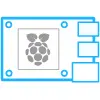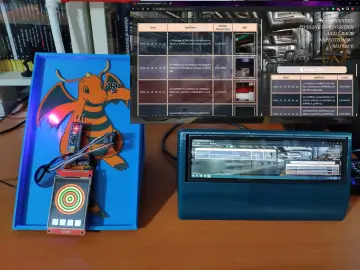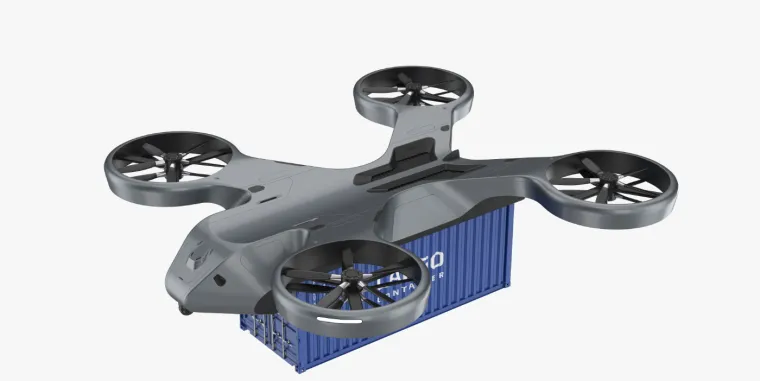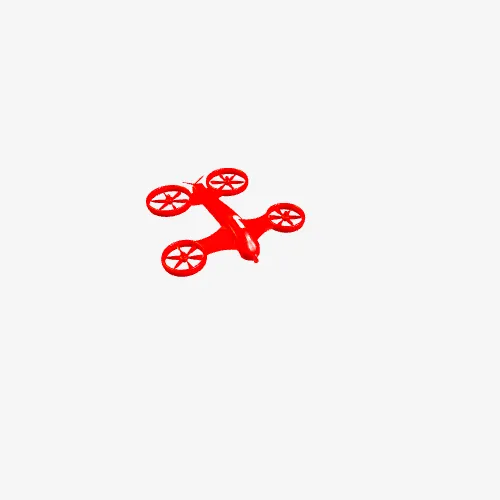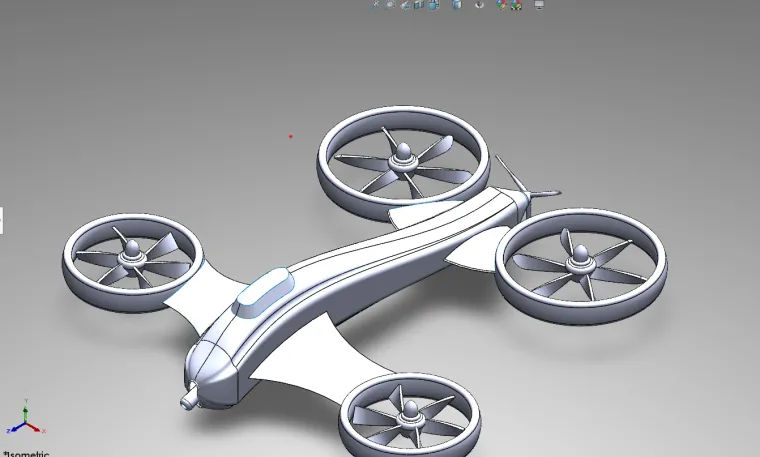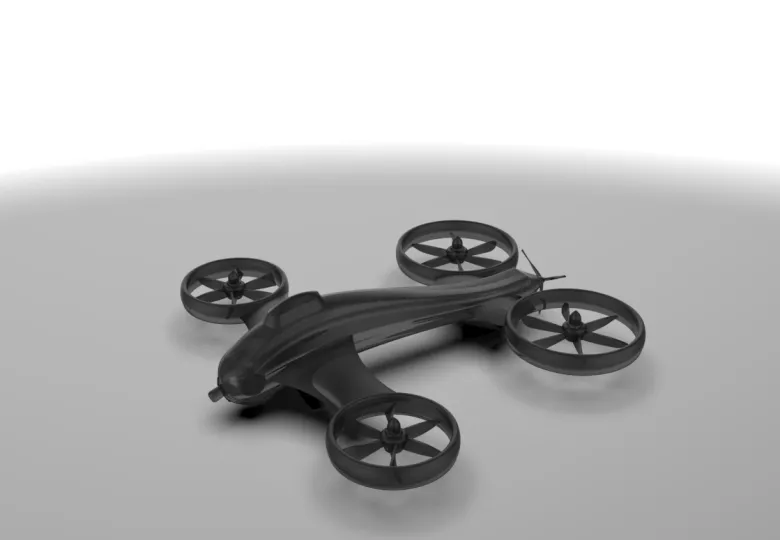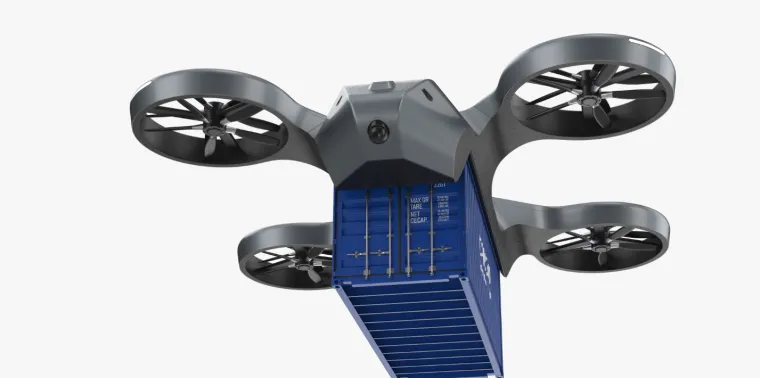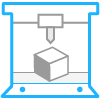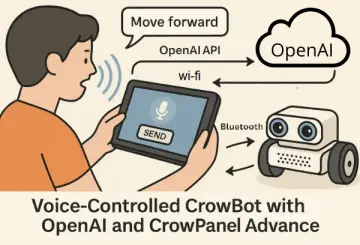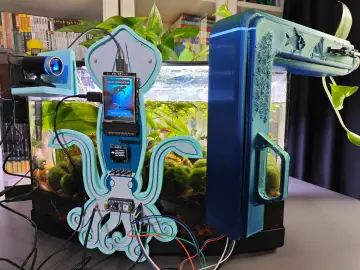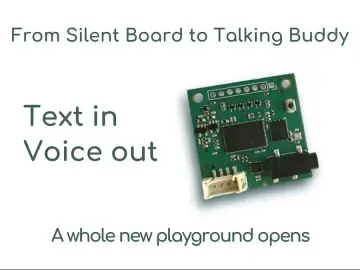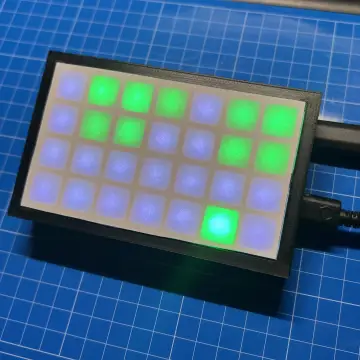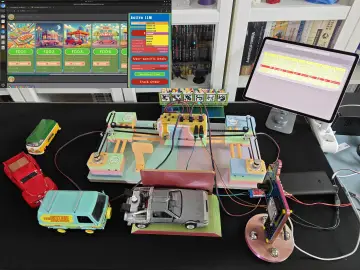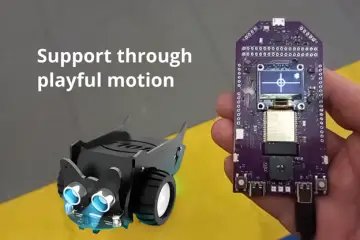Story
Hello, My project is about drones, especially quadcopters. Imagine that we use drones in our daily life, like if you need to order food from a restaurant that is far from you and the delivery will be late because of traffic. Then we can use a drone instead of it. I think it is an amazing idea. Are we stopping at just ordering food? No! Let's think it is something bigger. If you need to transmit a thing between 20 kg and 100 kg and not in your city in a country that is more than 100 km far from you, how do you rate it into electrical, mechanical, and control parts? For the electrical part, we can use a Raspberry Pi and a battery and wires to combine between motors in wings. The mechanical part is the chassis of the drone; we need it to be light and strong and thermal. For resistance, we can use carbon fiber or aluminum. The control part will use AI and ML so that we take the position of the client, and the algorithms will make the drone move to this position. In reality, congested streets of our cities are a testament to a transportation system straining at its limits. The future of urban mobility, however, is poised for a dramatic shift—not on roads, but in the skies. The key to this aerial revolution is the quadcopter, an electric vertical take-off and landing (eVTOL) vehicle set to redefine how we move. Imagine bypassing gridlocked traffic by simply ascending into a carefully managed airspace. Electric-powered quadcopters offer a swift, efficient, and sustainable alternative to ground-based transport. They promise to dramatically reduce commute times, turning hour-long journeys into mere minutes. This isn't just about convenience; it's about unlocking economic potential and enhancing quality of life in densely populated areas. The environmental benefits are profound. As the world shifts towards renewable energy, these zero-emission aircraft will play a crucial role in decarbonizing transportation. Their electric motors are quieter than traditional combustion engines, offering the potential to significantly reduce noise pollution, creating quieter and more peaceful urban environments, Of course, the path to this future requires overcoming hurdles. Robust air traffic control systems for low-altitude flights, stringent safety regulations, and public acceptance are critical. Yet, with rapid advancements in battery technology, autonomous navigation, and artificial intelligence, these challenges are being addressed.
The future of Earth's transit is not on the ground, but above it. By embracing the quiet hum of quadcopters, we can build a cleaner, faster, and more connected world, finally turning the dream of flight into an everyday reality.
The quadcopter is more than a novel gadget; it is the cornerstone of the third dimension in urban planning. It represents a future where our cities are not just smart but also three-dimensional and fluid. By taking to the skies, we are not escaping the earth but learning to traverse it more intelligently and sustainably, paving the way for a cleaner, faster, and more connected world.



